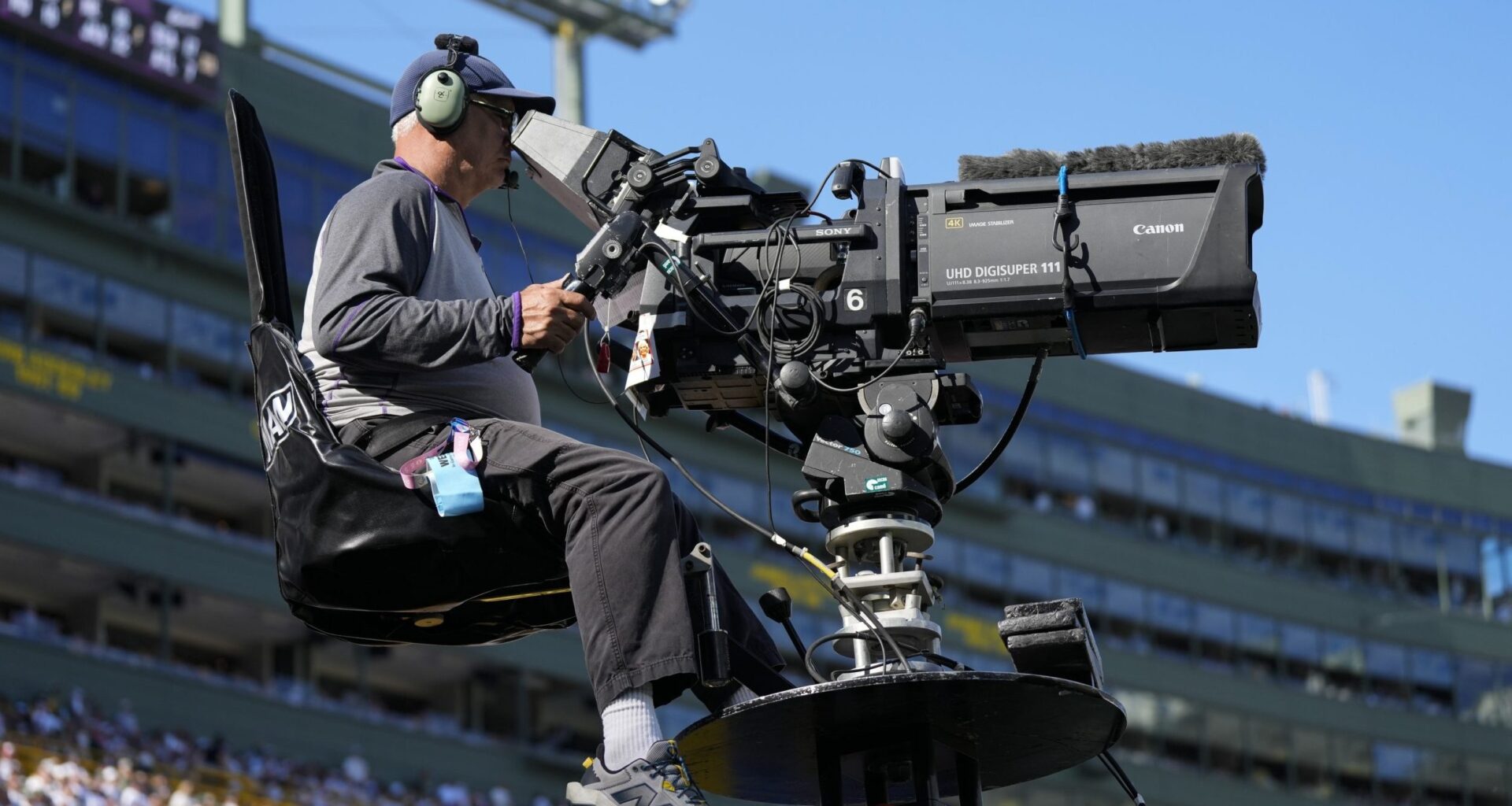For the first time since Nielsen began tracking total television viewing across broadcast, cable, and streaming in its monthly “The Gauge” report, broadcast viewership has surpassed cable.
Since 2021, Nielsen has tracked the share of television viewership dedicated to broadcast networks (i.e. ABC, CBS, Fox, NBC, The CW), cable channels (i.e. ESPN, TNT, Food Network), and streaming (i.e. Netflix, YouTube, Tubi). And for the first time, total viewership on broadcast networks surpassed that of cable networks in September’s “The Gauge” report. Both categories finished with a 22.3% share, with broadcast edging out cable by mere hundredths of a point.
Two factors primarily contributed to the shakeup. One, the secular decline of cable television. As more people continue to cut the cord, less time is spent watching cable television. That’s obvious enough. The second primary reason is the resurgence of broadcast television, largely due to an increased focus on live sports.
Per Nielsen, “The record jump for broadcast was attributable to NFL and college football, as sports viewership tripled to represent 33% of broadcast’s total in September, versus 11% in August.”
Last September, broadcast viewership still lagged behind cable by about 3.5%, even with the boost from the first month of football season. Interestingly, the share of broadcast viewership actually declined by 0.3% year-over-year as streaming continues to cut into traditional viewing methods. In that same period, the share of streaming viewership on television grew from 41.0% to 45.2%.
The long-term trends are undeniable. Streaming will continue to eat into the share of viewing on both cable and broadcast. But September’s numbers show a bit of resilience for the broadcast networks, especially as they collectively lean into live sports.
Tuesday night, NBC will debut its new package of NBA games, giving the league its first weekly broadcast exposure in over two decades. Next year, CBS will bring UFC bouts to broadcast television for the first time. Fox has expanded its college football slate into Friday nights. ABC regularly simulcasts Monday Night Football after keeping the package exclusive to ESPN for much of its run at the network. Even The CW and Ion, a distant fifth and sixth place in the broadcast network rankings, are picking off live sports rights where they can.
Live sports are some of the only programming left on television that viewers will tune into live en masse, making these properties a perfect fit for the free-to-air reach of broadcast. Therefore, it’s no surprise that broadcast is holding strong relative to its cable counterparts.

